When Urban Legends Become Reality: Ohio’s Post Boy Road is Haunted Thanks to a Freak Hunting Accident
Almost anywhere you go, there are towns, streets, and locations with unusual names telling long-forgotten stories. That’s certainly the case with a rural road, hollow, abandoned railroad tunnel, and vanished whistle-stop in Tuscarawas County, Ohio, all sharing the same seemingly random name: Post Boy. If you believe the creepy local legend, the name comes from a young mail carrier who was murdered there long ago and now haunts the area. But this isn’t a simple case of a colorful urban legend overshadowing a mundane truth.
This time, the tale is a true story.
Back when Ohio was a new state and still nothing more than a sprawling wilderness on the frontier, small towns dotted the landscape, connected by old Indian trails turned into simple roads and stagecoach routes. The employees of the US Post Office–often young men with riding experience–delivered daily mail on foot and horseback along the network of crude roads; upon arriving in town, they would blow a horn to announce the mail’s arrival. This particular part of Ohio was serviced by the Coshocton-Freeport mail service route spanning approximately 40 miles.
ADVERTISEMENT
Returning from Freeport on horseback with a saddle-bag of mail, 20-year-old William Cartmill was completely unaware that anything dangerous awaited him at the county line on September 9, 1825. Lying in wait behind the bushes there was John Funston, a 21-year-old, farmer carrying a rifle for “hunting”. William Johnston, a traveler who had kept pace with Cartmill, stopped just before that point to refill his canteen in the nearby creek when he suddenly heard a shot ring out, followed by a horrible scream. He ran to the scene only to find Cartmill shot in the back and bleeding from his mouth, dead. Funston approached him, feigning ignorance, and suggested they split up to alert any nearby neighbors.
Funston vanished, leaving Johnston to be arrested for suspicion of murder. A search of ever young man in New Philadelphia finally led to Johnston’s identification of Funston as the man he saw at the scene. “That’s the man!” he cried when he saw Funston. “You are a liar!” screamed Funston, but he could not cover up the identifiable scar on his hand. Funston was arrested on the spot. A $10 note missing from Cartmill’s body was traced to Funston who used it to pay for rifle repairs. A trial was set for November 16, 1825. Within two days of testimony and deliberation, Funston was found guilty and sentenced to death by hanging.
On December 19, 1826–the day before his public hanging–Funston attempted to hang himself in his cell using his suspenders, only the snapped under the weight of his stout body. Severely bruised on his head from the botched suicide, Funston gave his full confession to Judge Harper, telling him that he thought he was shooting a horse trader named Smeltzer who was taking that very same road with a large sum of money. (John Smeltzer was delayed for three hours, sparing his life.) In fact, he had known Cartmill and was shocked when he realized his mistake.
That following cold, rainy day, John Funston was escorted to the wooden gallows in front of a huge crowd around noon. (It was so cold and wet that some spectators later died of exposure.) His last words, standing on the gallows with a noose tight around his neck, echoed the remorseful demeanor he displayed for the crowd: “Oh! May God have mercy on me.” By 2:00PM, his lifeless body dangled at the end of a rope, ending the only public execution ever in the history of Tuscarawas County. John Funston’s tale would go on to be told in a popular ballad of the time.
The place where Cartmill breathed his last breath became known as Post Boy Hollow, along Post Boy Creek on Post Boy Road. The tiny nearby village also gained the name of Post Boy. And when the Cleveland & Marietta Railroad laid track through this area, it built Post Boy Tunnel.
Since that day in 1825, locals have whispered that William Cartmill didn’t exactly rest in peace. In true style of the often-cliched idea of a mail carrier not allowing anything to keep him from his rounds, the ghost of William Cartmill is said to still try to deliver mail along his route on Post Boy Road, stopping at houses and the old tavern he had once used as his exchange point, though it now serves as a private residence. It’s said that shortly after his death, Cartmill made an appearance at the tavern, appearing to several witnesses before fading away in front of their eyes.
But that’s not all the strangeness to be found near Post Boy Hollow. In July 1982, a woman was out berry picking in late afternoon near Post Boy Tunnel when a rock was thrown at her from the woods. Her children, who were nearby playing, denied throwing it. When a second rock flew at her, they decided it was time to leave. As she left the tracks, she witnessed a “half-man half-ape creature standing 10 feet away in the woods looking at them.” The 7 or 8 foot tall, black-haired Bigfoot-like creature may be the same one seen again by members of the same family in that area just three years later.
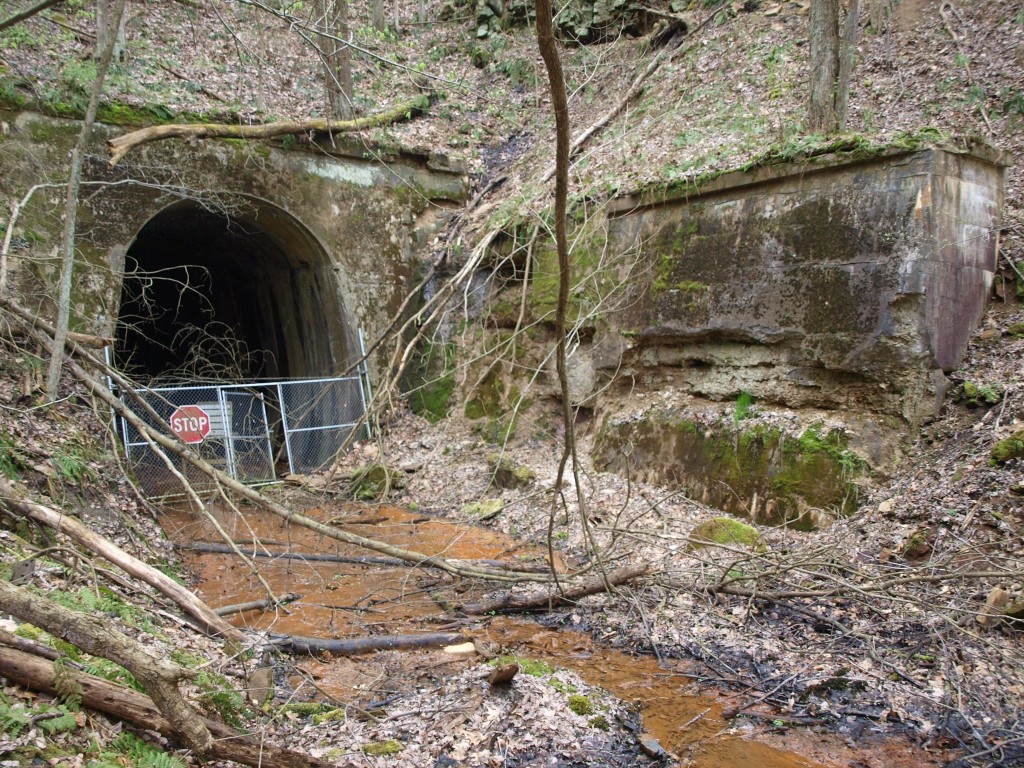
Built in 1872, Post Boy Tunnel was abandoned in 1976 and remains heavily flooded most of the year.
MORE GREAT STORIES FROM WEEK IN WEIRD:


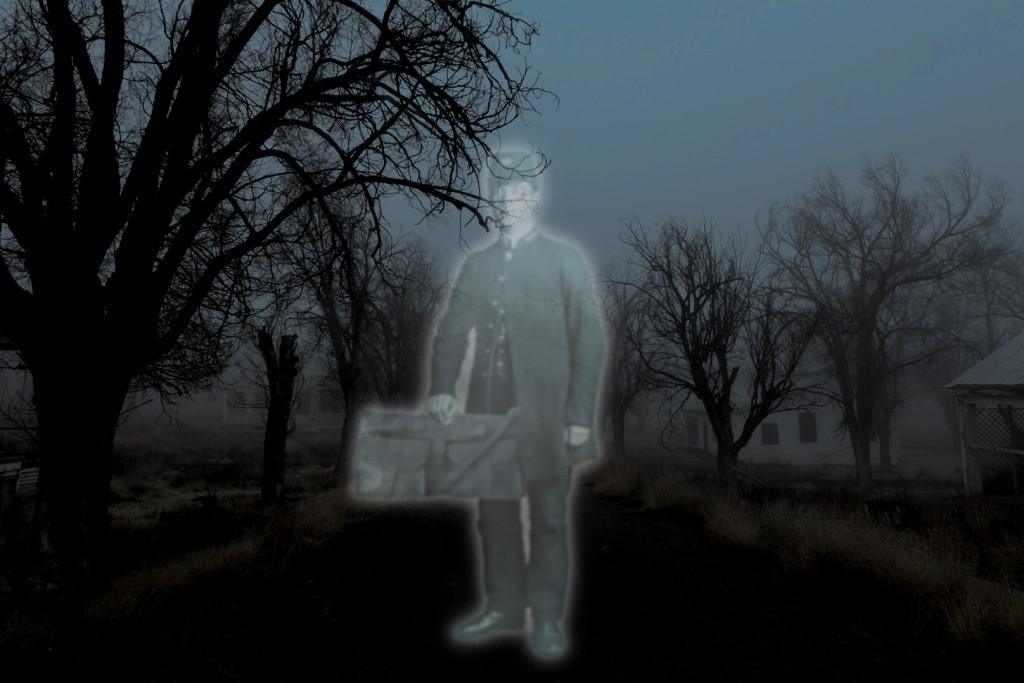
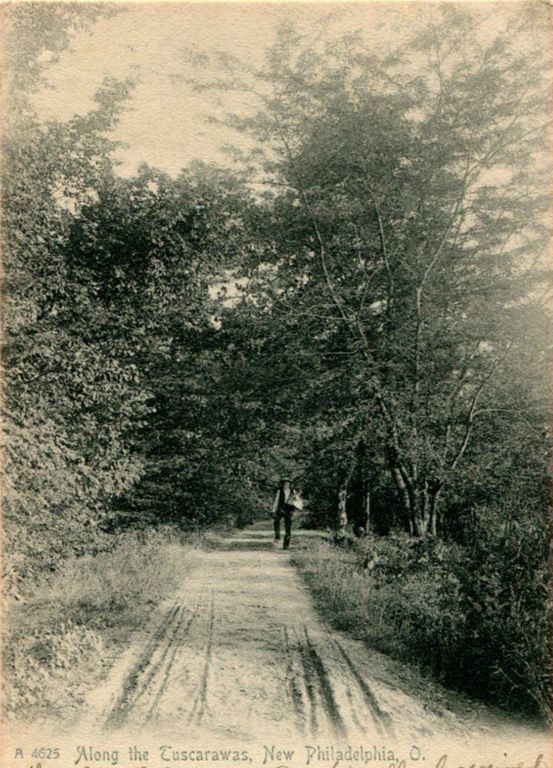
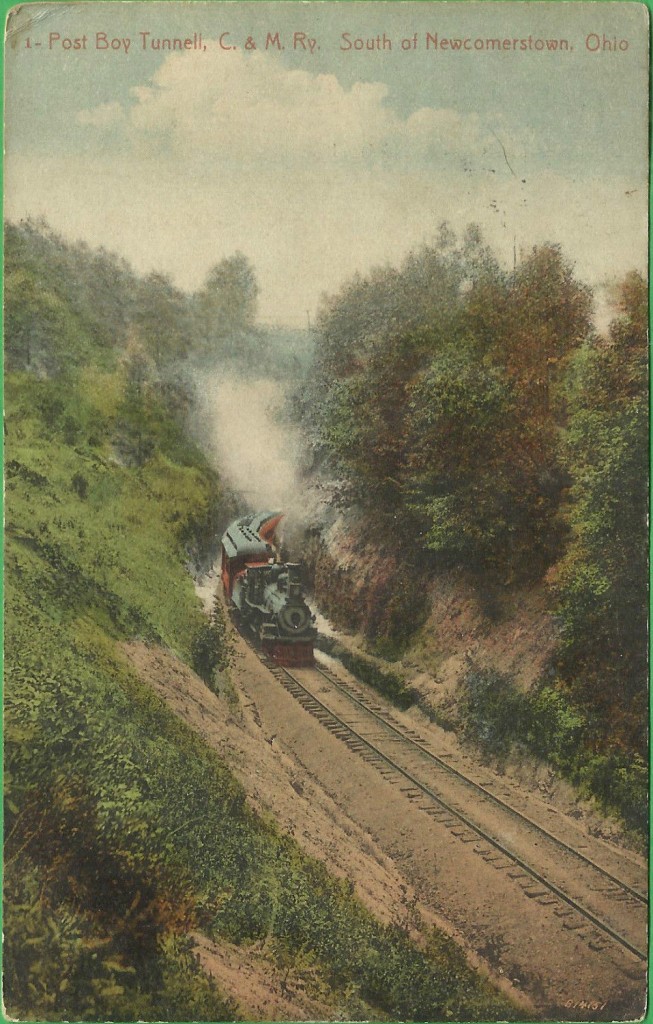
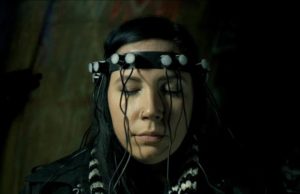
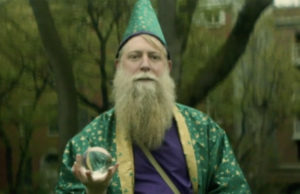

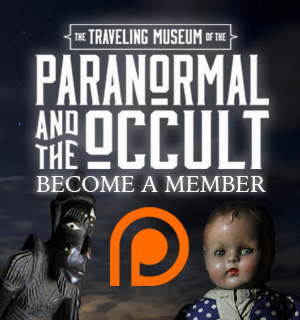
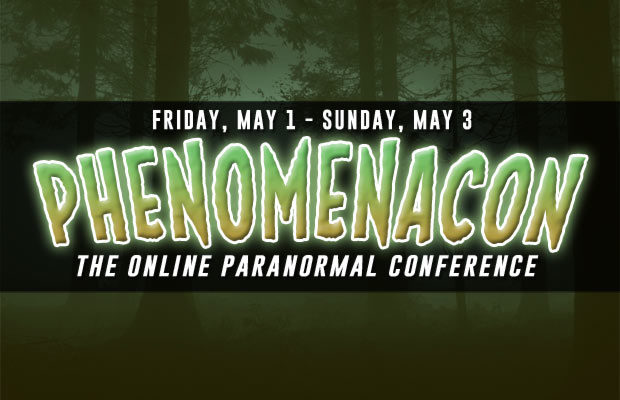
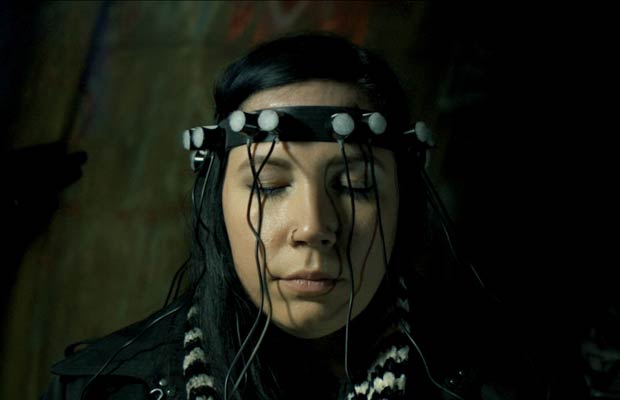

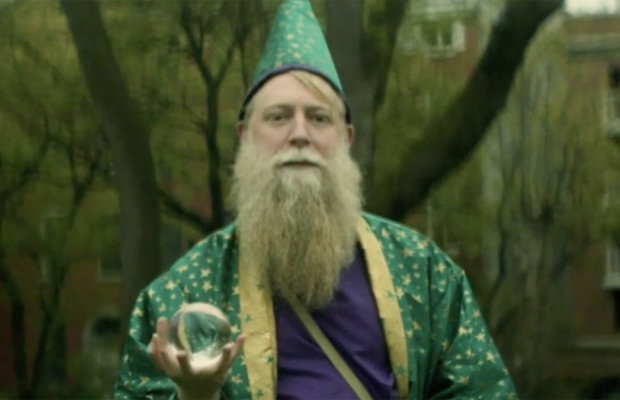

You must be logged in to post a comment Login